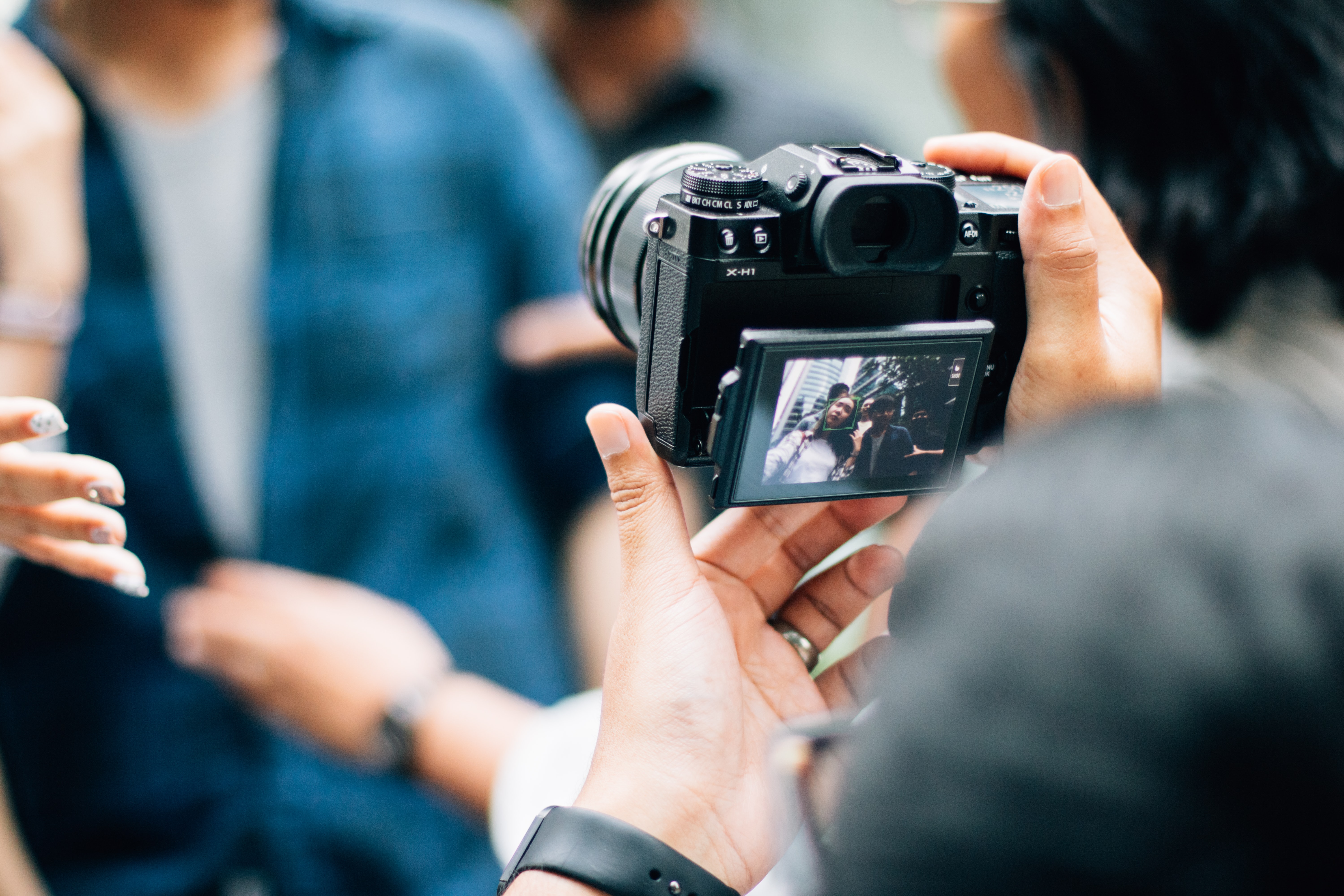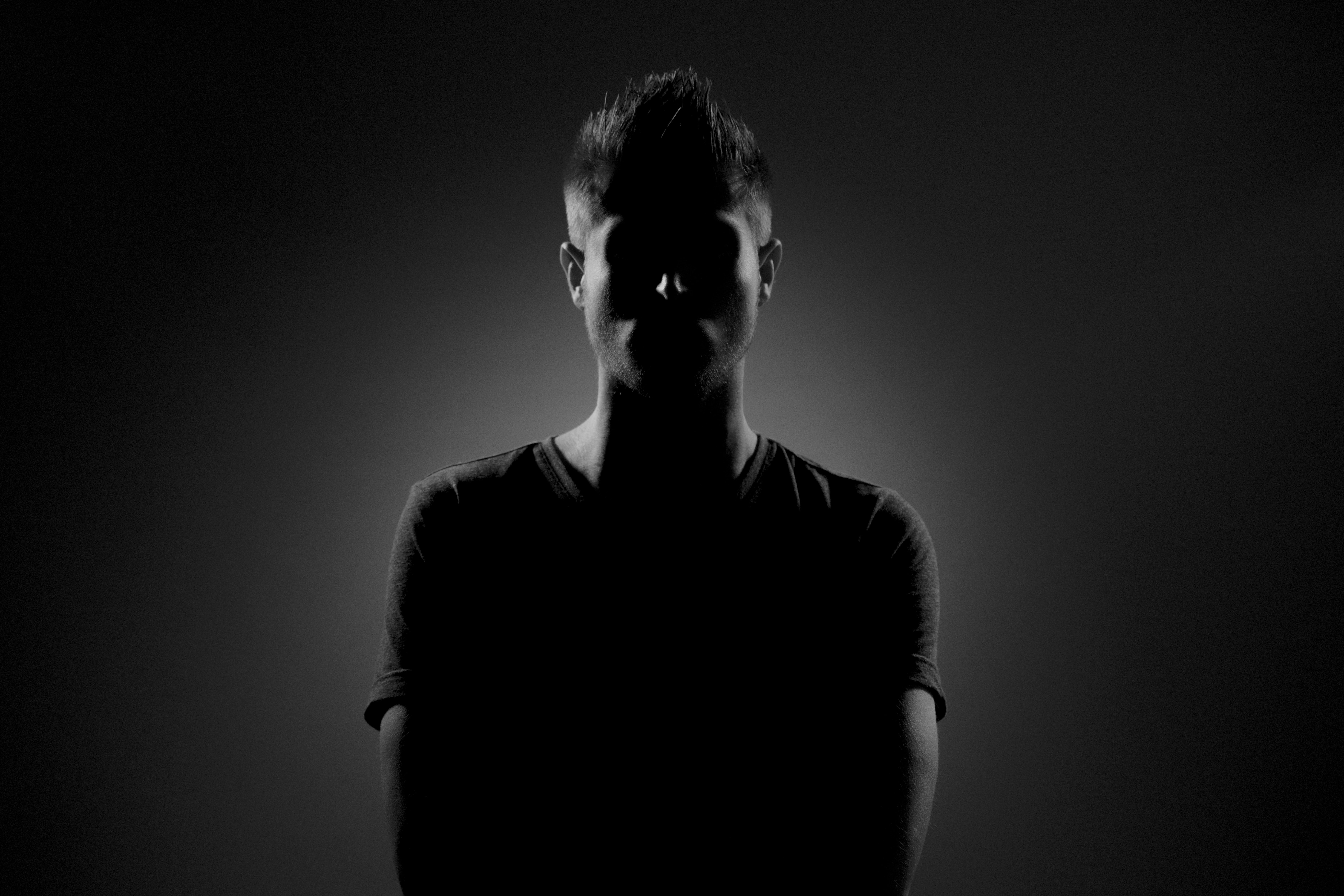
An album cover design with an artist or a band’s actual picture on it doesn’t invite us to listen to a specific kind of music, but it invites us to listen to their music specifically. Many artists who can tick more than one box in the list of music genres choose to go with their visual presentation being their own “face”. In this way, the branding of the product or the project doesn’t orbit around the genre presentation (such as the album cover design that shouts “hip-hop” or “black metal” from miles away), but it focuses on the person who the product is orbiting around, making the image of the artist(s) the primary branding source.
Now now, can’t a photo of an artist tell the audience a tad of what genre of music to expect? Of course! It’s the camera angle, the color code, the outfit (if in frame) the makeup, the hair; and most of all, the album design itself that communicates the genre to the audience. Nevertheless, the message of the album cover gets divided into primary and secondary; primary being the people themselves, since the human eye picks up on human or mammal figures much quicker than any other subject in a given image, secondary being the genre.
In most cases where the image is left rather untouched, the genre gets to be “sensed” by the atmosphere of the cover design; from the color profile and framing to text style and placement. If the image is heavily treated within the visual norms defined by the musical genre, then the message can be divided more evenly. Good examples of this approach can be seen in classical music, hip-hop, and punk album covers. Album cover art that is prepared to present pop, folk, and various subgenres of rock don’t have to “shout out” the genre that is about to be heard.
We have the ability to see who we are better than anyone else. If our music is our identity, what better subject for the album cover of our next release than our own image? Besides, we know precisely what angle our face looks “better” to our own preferences. Nevertheless, being able to capture our own authenticity in a frozen moment may not be our strong suit. Having an “album cover suitable” photograph requires a different set of tools and skills than the one might need to take, say, a selfie. For this reason, there are two ways to go:
Learn how to do it yourself: By this, we mean really learn. Learn about cameras or specs of your smartphone and apps that you can use, and learn about lenses, angles, types of lights, environments, frames, formats, compositions, and subject types, just to begin with. Learn the vocab, learn by making self-sessions, and learn by taking hundreds or thousands of pictures that you will never use.

Or, hire someone professional to take your pictures: Now, this does not mean there isn’t anything else left to learn. Communicating your needs, requirements, and expectations to your photographer is your responsibility. Just like the way you would talk to us about your vision about your custom album cover design, you must be able to give clear ideas and hopefully some examples to your photographer. So, go to your CD shelves or Google all the way!
Take a look at the album cover designs that have attracted your eye and create curiosity to get to know the person or people that are presented on the album cover. Notice what you notice first; is it the person or the pose, is it the text or the environment? Is it the eye contact that you are attracted to, or how the text blends with the surroundings? Is it the anonymity that you feel related to the musician or is it the intimacy? Answers to all these questions will play a key role in figuring out the photograph you will be using on your next album cover design.

Pay attention to the environments used in the photographs. Is it an urban, or natural landscape? What time is it during the day, and what season is it? Is it a studio environment, or is it a close-up where there is no background at all? Is the light warm or cold? Is the light source near the subject or far away? Is the light monodirectional or broad? Answering these questions can help you plan things, fix the wardrobe (with a few options if necessary), and choose the location and hour, even before discussing details with your photographer (or with yourself).
Next, check if the camera is shooting from their eye level or from above or below. What is the camera angle? Is it tilted? Each camera angle creates a certain impression on the people seeing the frame; very vaguely and overly-simplified; we tend to relate with more sympathy to subjects when we see the figure shot from above as if we are the ones “taller” than the subject, and we tend to look more in awe to figures shot from below, as if the subject is “larger” than us. As if we are in a social environment and receiving people who are coming towards us, seeing shots that are taken directly from the front angle creates a larger impact of “confrontation” than the diagonal encounters which start rather smoothly.
Take a good look at the poses of people you seem to relate to and yes, “it’s mirror time”. If the pose involves a wall, chair, table, etc., try to recreate the environment before the big day to see if you feel comfortable with the objects around you. Tables and chairs, just like our hands and arms, become this weirdly-strange-alien-things-how-the-hell-do-we-use-them-normally-anyway when we are in front of the camera lens trying to “act cool”, or worse, “act casual”.

Once you start feeling more comfortable (or bored perhaps) switching from one pose to the other, or finding alternatives and variations within one pose without having the awkward laugh in between each movement, you will be more comfortable during the photoshoot, since, although it is a moment that we are in need of capturing, a good artist photoshoot is a performance art (collaborative or solo) on its own. Share your vision, your references, and your means with your photographer as much as you can, and keep the work process as transparent as you can. Point out what you like and point out what you prefer, and point out what you would alter.
Now, hoping that the rest goes swimmingly, we will be expecting you to contact us for your custom album cover design in no time. Remember to check our custom design options here, and just like you would do with your photographer, hunt down the album cover designs that inspire you to make your own music in the first place and see if you have any elements in their visuals that you would like us to get inspired from.
While doing this you can use your own CD shelves, you can Google away, or you can use our own database with more than 5.000 unique album cover designs.
Meanwhile, stay tuned to the Album Cover Zone blog, as the next post will be about how to communicate with your co-workers, may they be your photographer, sound engineer, band or team members, or us, for a custom design!
